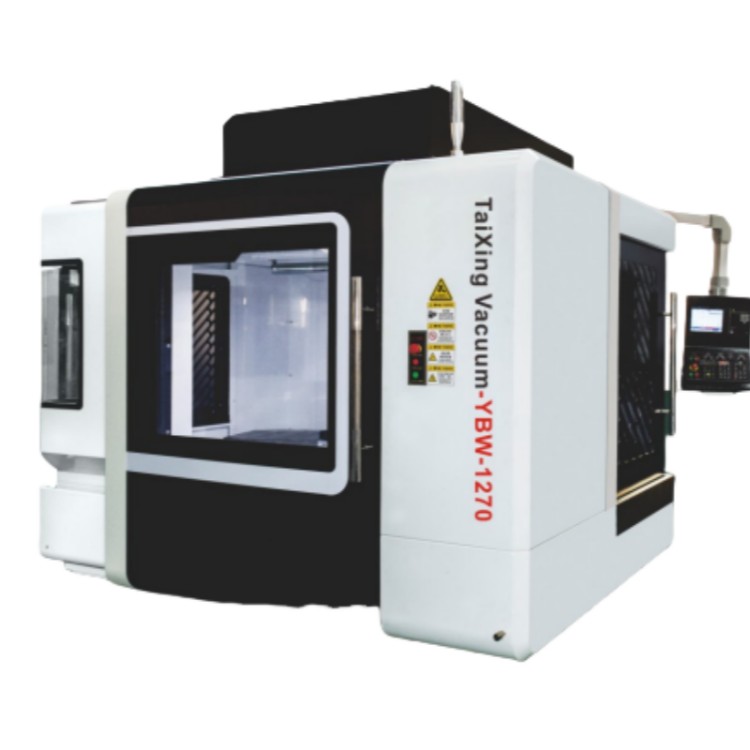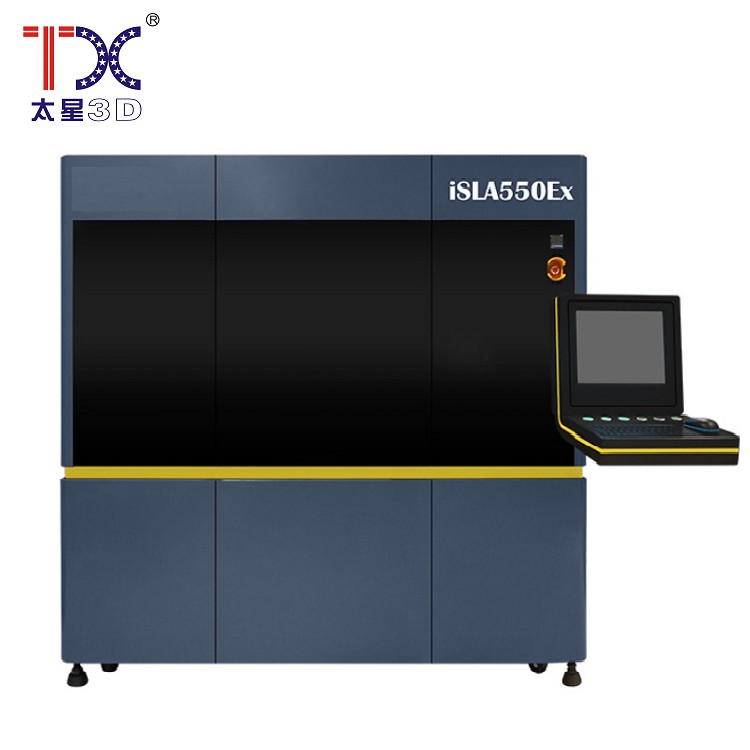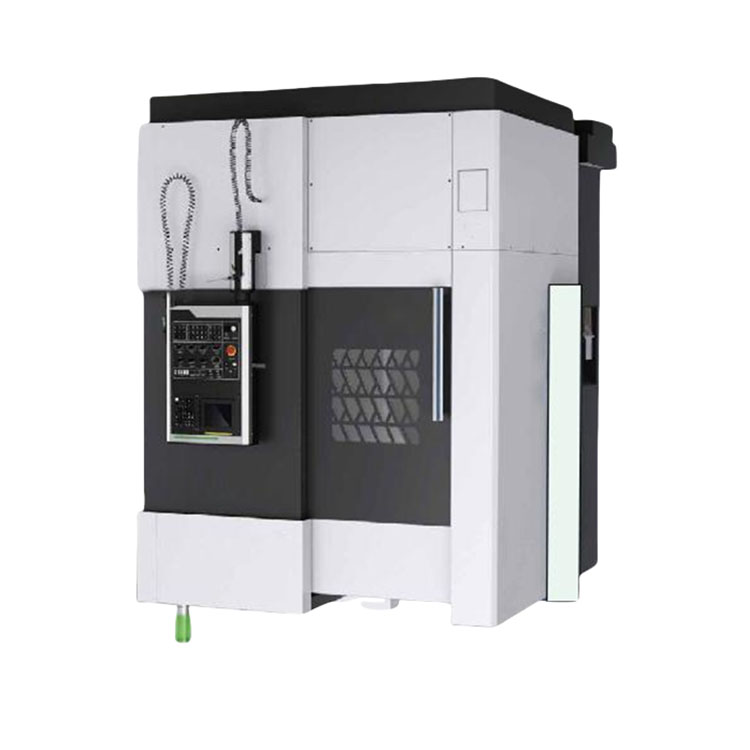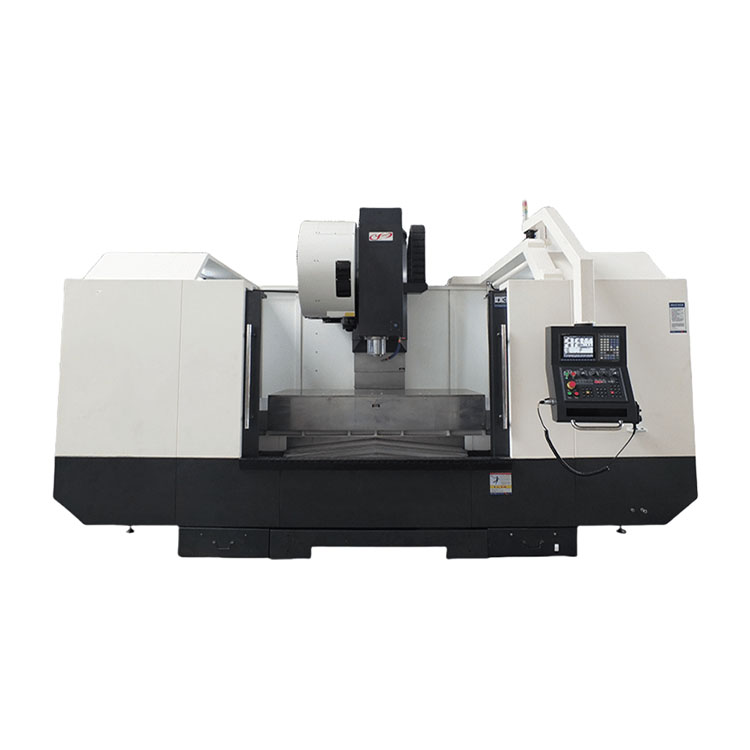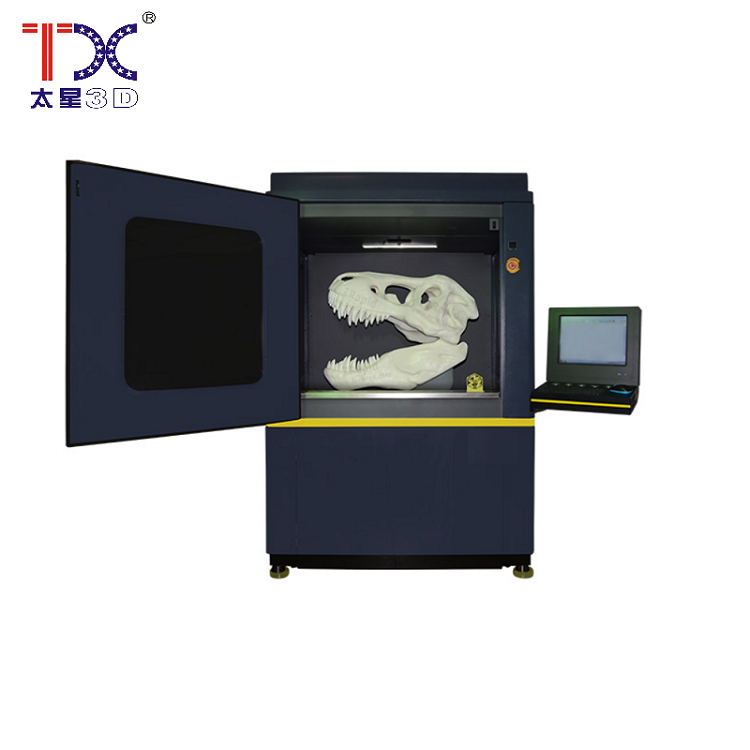
Materials for 3D printing
Materials for 3D printing
3D printing is a technology that allows you to create volumetric objects from digital models. The key element of this technology is the materials from which these objects are printed. The variety of materials is amazing, and each of them has its own characteristics that affect the final result. Let's figure out what raw materials are used to create all this diversity.
Plastics - the most common materials
Plasticity is the most popular choice for 3D printing. They are available in a wide range of colors, and are relatively inexpensive. Different types of plastics (ABS, PLA, PETG and others) differ in characteristics: some more durable, others are better retained, and others are better suited to create parts with high accuracy. For example, PLA is often chosen for children's toys due to its biodegradability and the lack of harmful fumes during printing. ABS is more resistant to high temperatures and is suitable for creating parts that are faced with mechanical loads. You need to choose plastic based on a specific task: if you need something durable, then ABS; If an environmentally friendly option, then PLA.
Other materials: from metal to biofuel
Not only plastics are used for 3D printing. There are materials that allow you to create objects with metal, ceramics, or even biofuel. Metal printing (for example, from nickel or steel) makes it possible to create very strong details that cope well with the load. Ceramic materials are useful to create heat -resistant or high -precision elements. And the use of biofuel is a promising direction that allows you to create environmentally friendly and decomposed objects. Each material has its own special printing requirements - temperature, speed, type of extruder - all this must be taken into account to obtain a quality result.
Choosing material: from simplicity to complexity
The choice of material for 3D printing is not just a technical question, but a task that requires an understanding of the final application of the created thing. If you want to quickly and just print a model, PLA is a great choice. If you need a part with high accuracy and strength, it may be worth considering metal or other more specialized material. It is necessary to take into account the features of a particular material, the cost, and the availability of supplies. The correct choice of material will ensure that a high-quality 3D object that is ideally meets your needs.
AppropriateProducts
Corresponding products
The best soldproducts
The best -selling products-
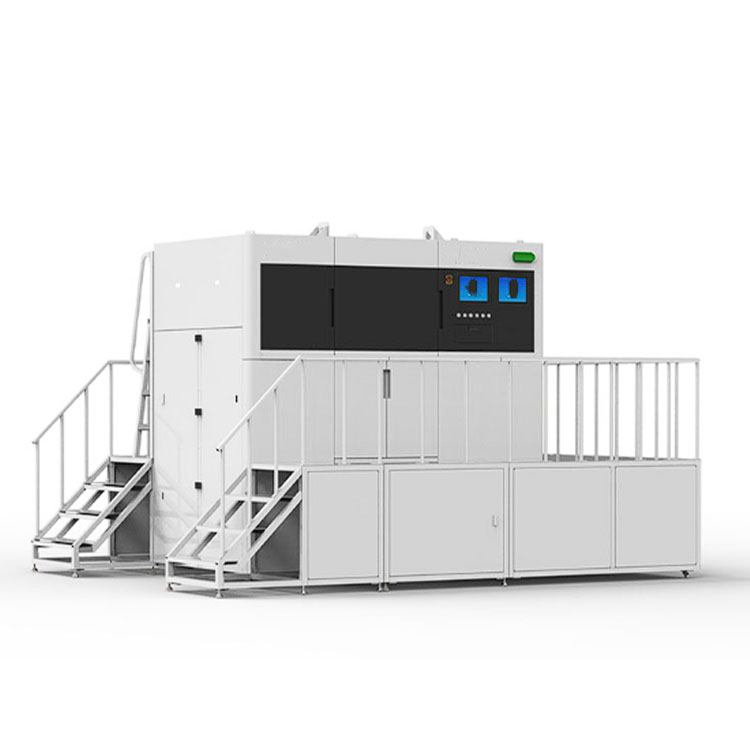 Taisin Metal 3D printer ISLM420DN
Taisin Metal 3D printer ISLM420DN -
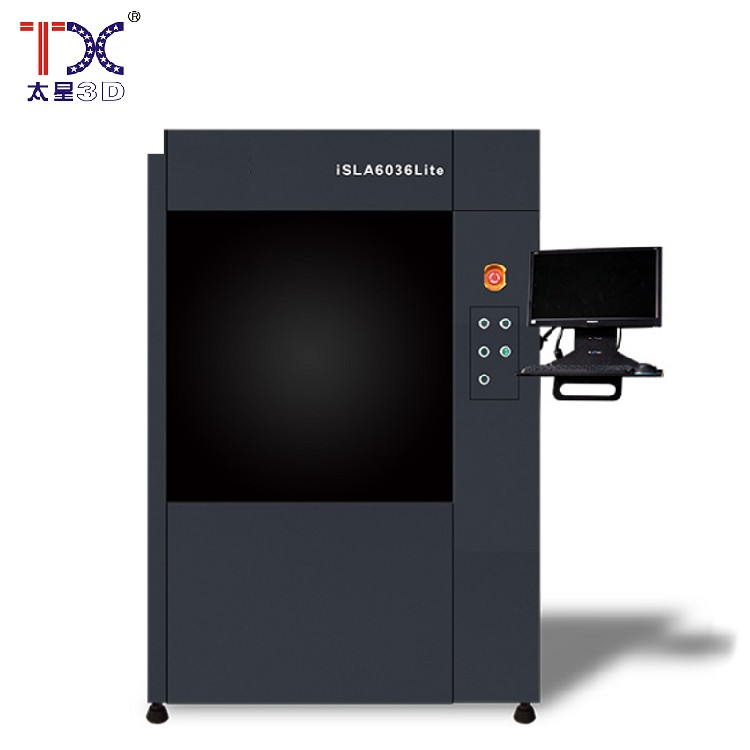 Taisin Light-adopted 3D printer SLA6036
Taisin Light-adopted 3D printer SLA6036 -
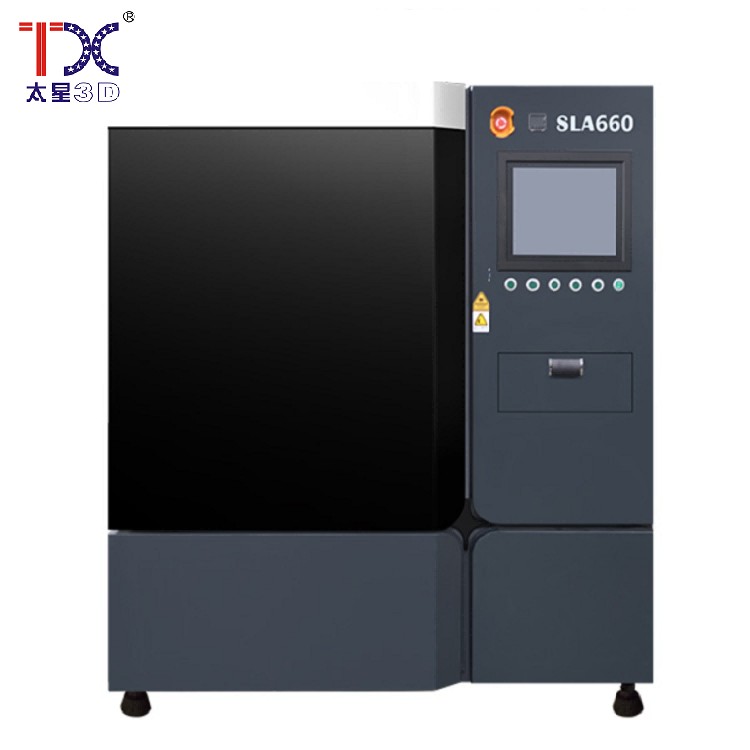 Taisin Light-adopted 3D printer SLA660
Taisin Light-adopted 3D printer SLA660 -
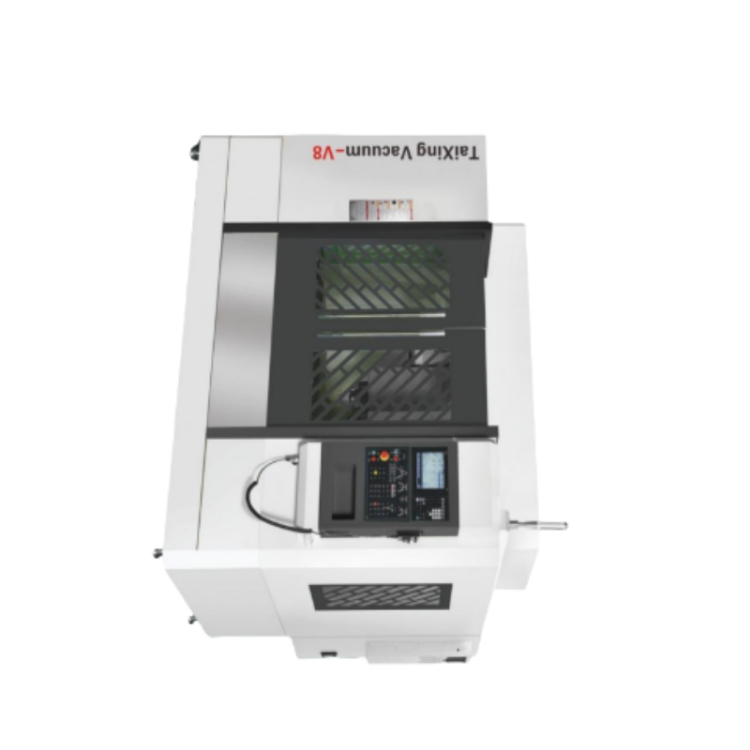 Taisin high-speed and high-precision processing center for processing parts TX-V8
Taisin high-speed and high-precision processing center for processing parts TX-V8 -
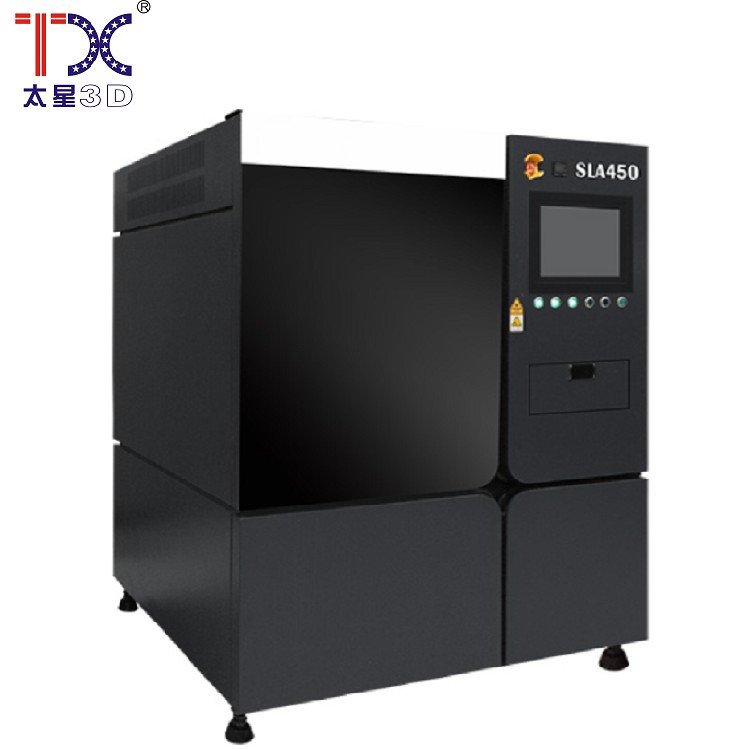 Taisin Light-adoptive 3D printer SLA450
Taisin Light-adoptive 3D printer SLA450 -
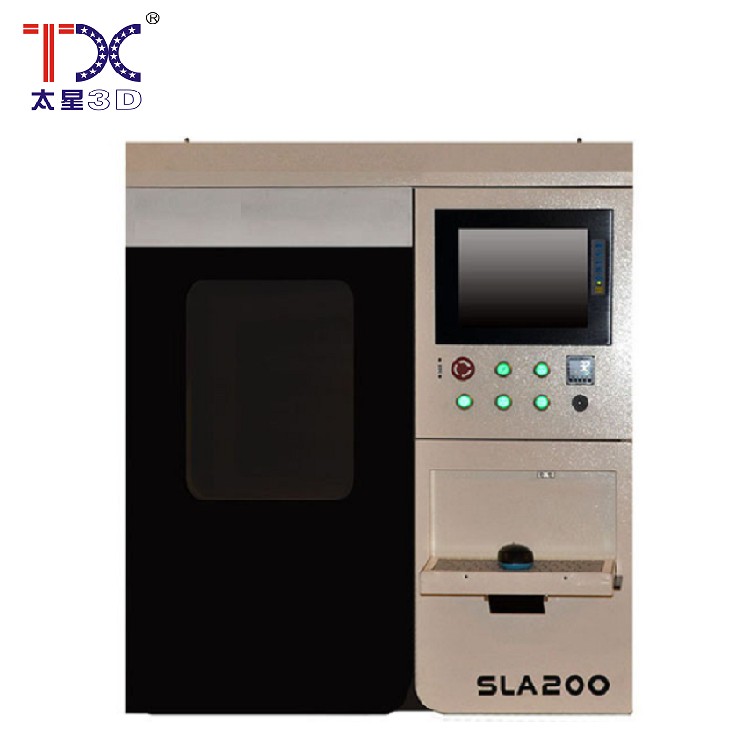 Taisin Light-adoptive 3D printer SLA200
Taisin Light-adoptive 3D printer SLA200 -
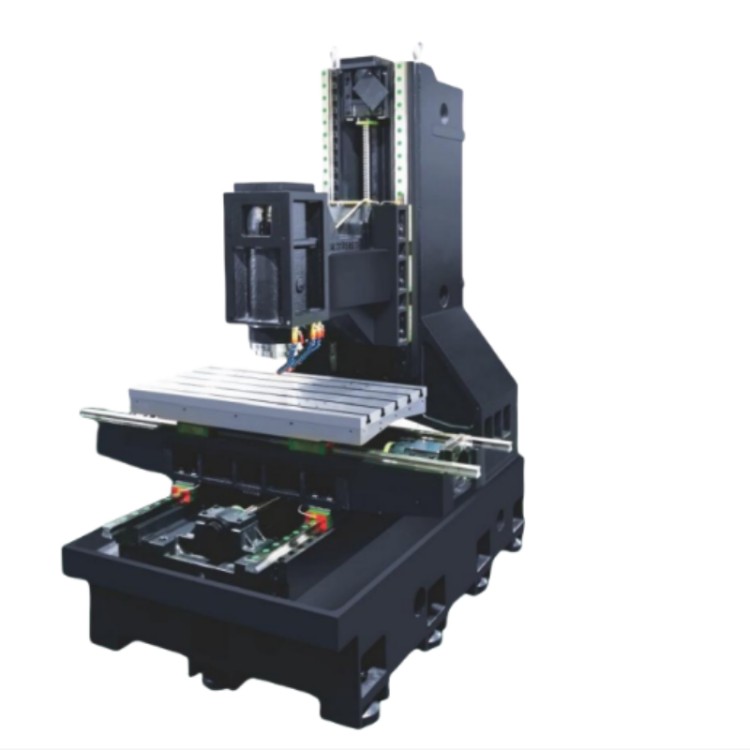 Taisin three-wire rail molding machine of high stiffness TX-6027
Taisin three-wire rail molding machine of high stiffness TX-6027 -
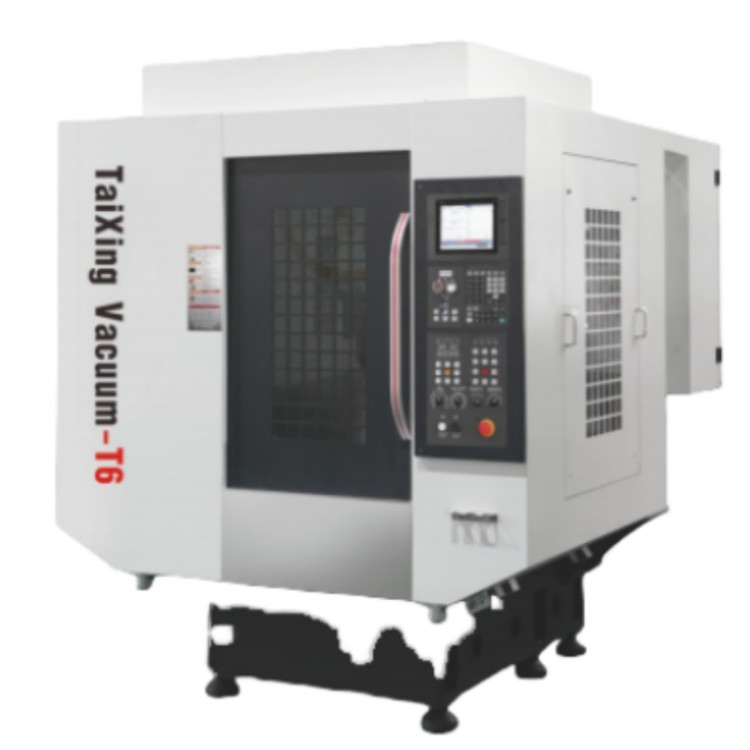 Taisin high-speed drilling and threaded machine TX-T6
Taisin high-speed drilling and threaded machine TX-T6 -
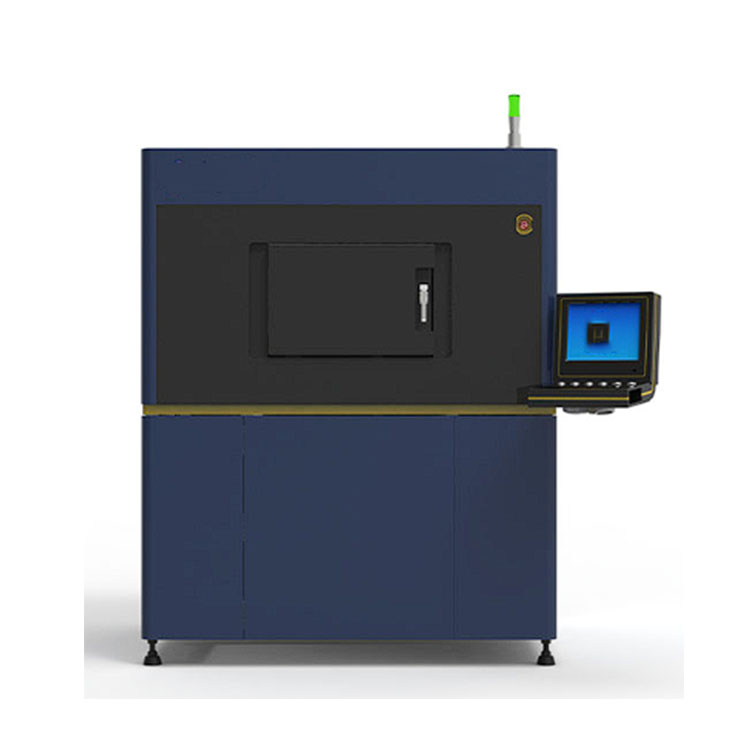 Taisin Metal 3D printer SLM280
Taisin Metal 3D printer SLM280 -
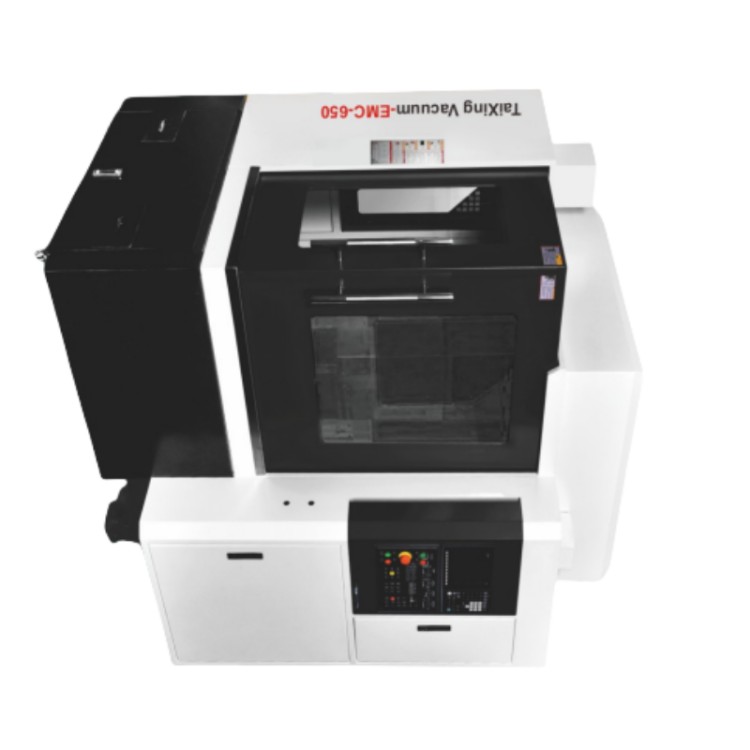 Taisin Gravity-milling machine EMC-650
Taisin Gravity-milling machine EMC-650 -
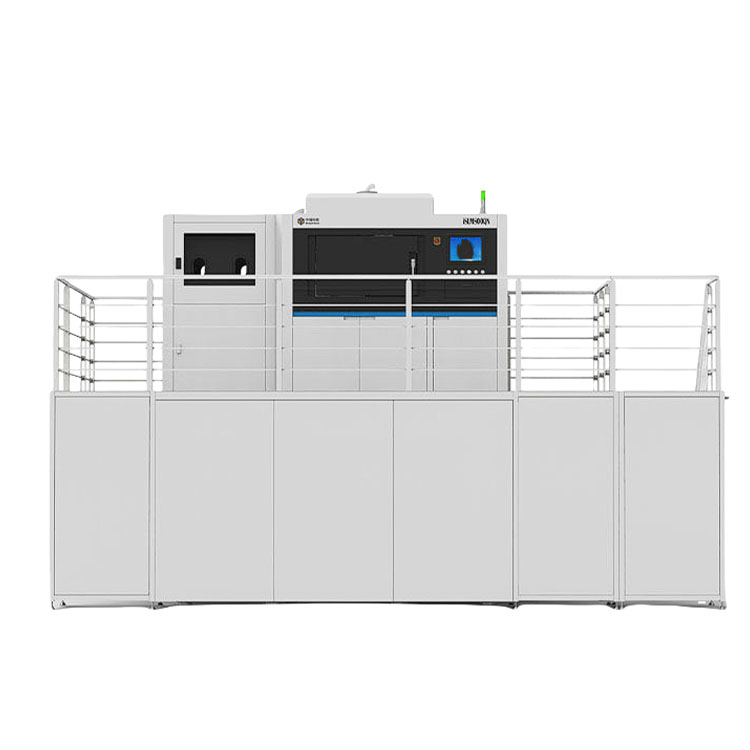 Taisin Metal 3D printer ISLM600QN
Taisin Metal 3D printer ISLM600QN -
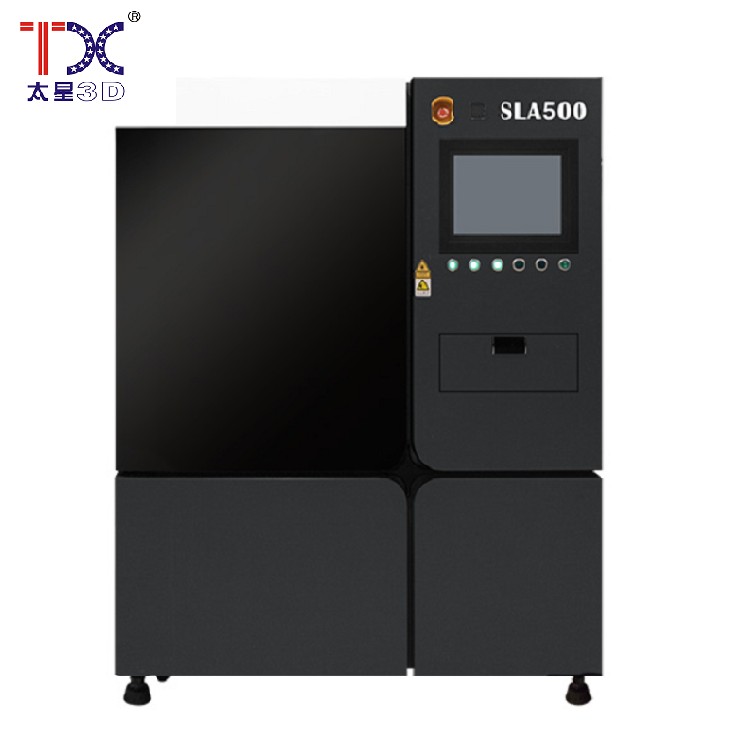 Taisin Light-adoptive 3D printer SLA500
Taisin Light-adoptive 3D printer SLA500
Connectedsearch
Related search- Cheap 3D printing factories
- Cheap industrial 3D printers factories
- Cheap manufacturers of CNC axes
- China X-OSI CNC Suppliers
- Chinese manufacturers of the movement of the shaft of the CNC machinery factories
- Chinese suppliers of 5-axial processing centers with CNC
- Chinese rolling plant for identifying machine tools with CNC
- Cheap industrial manufacturers 3D prints
- Cheap suppliers of 5-axis processing centers
- Cheap SLA Print (stereolithography) factory






